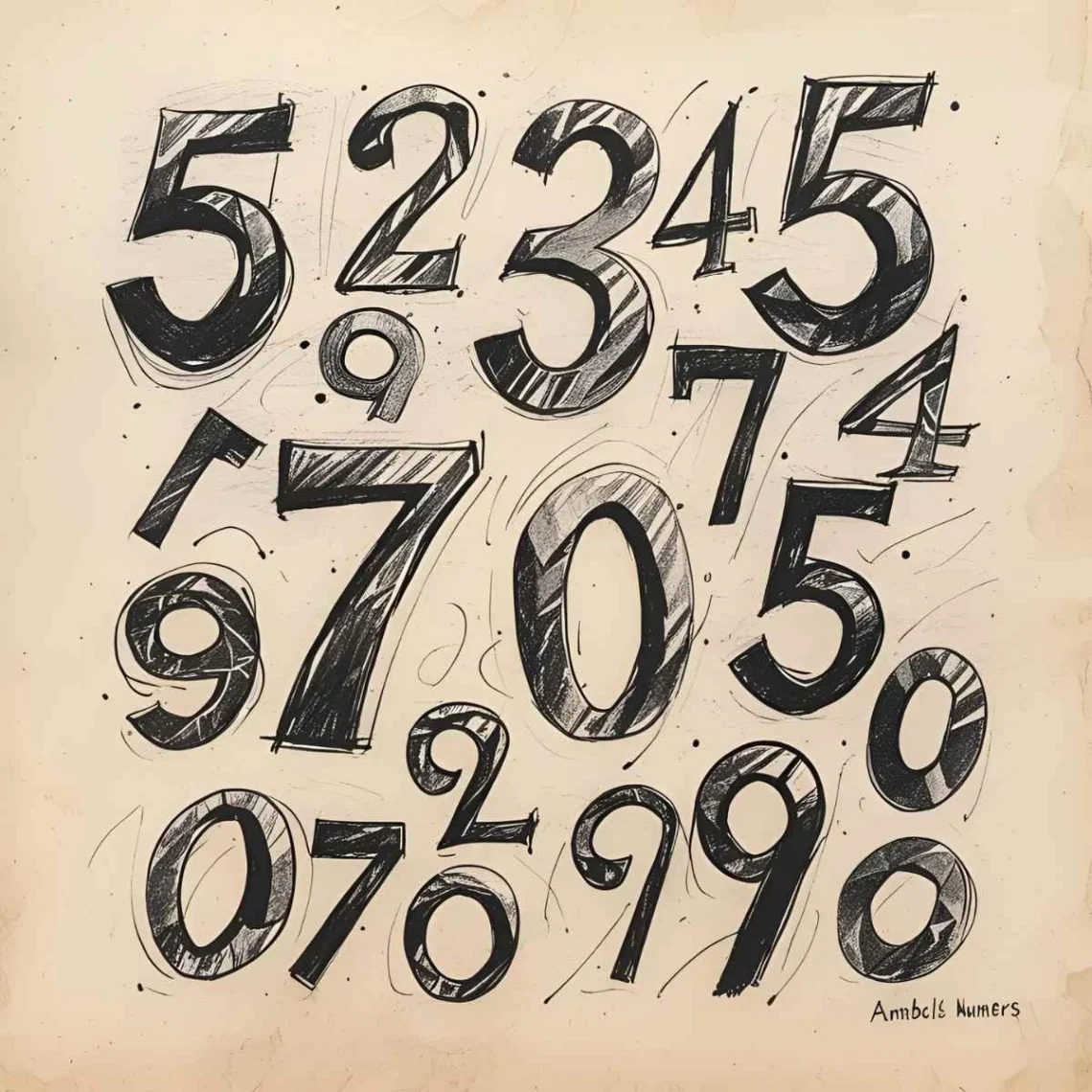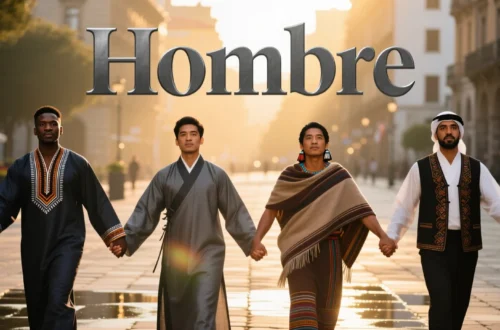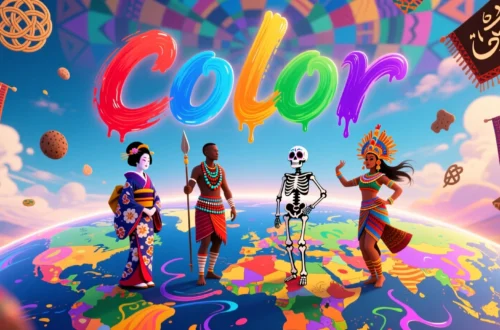Standing in a bustling Tokyo street market, I watched a vendor meticulously arrange seven persimmons in a perfect row, each fruit a symbol of luck in Japanese culture. It got me thinking: the number seven holds a special place across the globe, from sacred rituals to everyday superstitions.
Whether it’s the seven wonders of the world or the seven days of creation, this number weaves a universal thread of meaning, connecting cultures through its mystical and practical significance.
Let’s explore how “seven” is expressed in different languages and what it reveals about the world’s diverse traditions.
A Global Number: Reference Table
Here’s a guide to how “seven” is said in 15 languages, with insights into its cultural significance.
| Language | Word for Seven | Cultural Insight |
|---|---|---|
| English | Seven | Tied to global concepts like the seven wonders, it’s a symbol of completeness in Western culture. |
| French | Sept | In France, it’s linked to fairy tales, like the seven-league boots, evoking adventure. |
| Spanish | Siete | Across Spain and Latin America, it’s lucky in games and folklore, like seven-colored rainbows. |
| Italian | Sette | In Italy, it’s tied to luck (e.g., seven years of bad luck for breaking a mirror). |
| German | Sieben | Practical and precise, it appears in German fairy tales like “Snow White and the Seven Dwarfs.” |
| Portuguese | Sete | In Brazil, it’s vibrant, linked to seven-string guitars in samba music. |
| Chinese (Mandarin) | Qī (七) | In China, it’s tied to spiritual cycles, like the seventh lunar month’s Ghost Festival. |
| Japanese | Shichi (七) | Symbolizes luck in Japan, seen in seven gods of fortune (Shichifukujin). |
| Korean | Chil (칠) | In South Korea, it’s lucky in folklore, like the seven stars of the Big Dipper. |
| Hindi | Sāt (सात) | In India, it’s sacred, linked to seven chakras in yoga and seven vows in weddings. |
| Arabic | Sab‘a (سبعة) | Across Arab cultures, it’s spiritual, tied to seven heavens in Islamic tradition. |
| Swahili | Saba | In East Africa, it reflects community cycles, like seven-day mourning periods. |
| Zulu | Isikhombisa | In South Africa, it’s tied to rituals, symbolizing completeness in creation stories. |
| Maori | Whitu | In New Zealand, it connects to seven stars of Matariki, signaling renewal. |
| Hawaiian | Hiku | In Hawaii, it’s linked to navigation, like the seven-star constellation Hōkūle‘a. |
These words show how seven carries unique weight in each culture.
European Languages
Romance and Folklore
In Europe, seven sparkles with magic. For instance, French “sept” evokes fairy tales, like boots that leap seven leagues, tying to France’s love for storytelling and adventure. Meanwhile, Spanish “siete” dances in folklore across Spain, Mexico, and Argentina, where seven-colored rainbows or lucky dice rolls bring joy.
Italian “sette” carries luck—think avoiding seven years of misfortune from a broken mirror. In Portugal, “sete” resonates in Brazil’s samba, with seven-string guitars adding rhythm to life. These languages weave seven into tales and traditions, reflecting Europe’s romantic spirit.
Northern and Eastern Echoes
German “sieben” is precise, starring in tales like “The Seven Ravens,” grounding Germany’s structured culture in folklore. Dutch “zeven” in the Netherlands or Swedish “sju” in Sweden tie seven to cycles, like seven-day weeks. Across 20+ countries—like the UK, Ireland, Poland, Greece, and Romania—seven shapes stories, from seven wonders to seven virtues, blending history with daily life.
Asian Languages
Eastern Mysticism
Asia’s take on seven is rich with spirituality. Mandarin “qī” in China ties to the seventh lunar month’s Ghost Festival, honoring ancestors. In Japan, “shichi” shines with the seven gods of fortune, bringing luck to homes and businesses.
Korean “chil” links to the seven stars of the Big Dipper, guiding folklore and fortune. Hindi “sāt” in India is sacred, tied to seven chakras or seven steps in wedding rituals, symbolizing unity. These meanings reflect Asia’s blend of tradition and philosophy.
Southeast and Middle Eastern Depth
Arabic “sab‘a,” spoken in over 20 countries like Egypt, Saudi Arabia, and Morocco, connects to seven heavens in Islam, symbolizing divine order. Thai “chet” in Thailand or Vietnamese “bảy” weave seven into festivals and cycles. From Indonesia to Nepal, countries like Malaysia, Philippines, and Bhutan (20+) use seven in rituals, from seven-day celebrations to spiritual symbols, bridging ancient and modern.
African Languages
Community and Ritual
Africa’s diverse languages give seven deep meaning. Swahili “saba,” used in Kenya, Tanzania, and Uganda, marks cycles like seven-day mourning periods, tying to community values. Zulu “isikhombisa” in South Africa symbolizes completeness in creation myths, reflecting resilience.
Diverse Traditions
Yoruba “jeje” in Nigeria or Amharic “sebat” in Ethiopia link seven to rituals, like seven-day ceremonies. Across 20+ countries—like Ghana, Algeria, Angola, and Malawi—seven appears in oral stories and music, celebrating cycles of life and community strength.
Indigenous & Island Languages
Nature’s Connection
Indigenous and island cultures root seven in nature. Maori “whitu” in New Zealand celebrates Matariki’s seven stars, marking renewal. Hawaiian “hiku” ties to navigation, with seven-star constellations guiding voyagers.
Global Indigenous Voices
Cherokee “galiquogi” in the US or Samoan “fitu” emphasize seven in storytelling, like seven ancestors. From Inuit in Canada to Aboriginal Australian languages, seven connects to land and sky. Countries like Fiji, Mexico, Peru, and 20+ others weave seven into tales of survival and harmony, resisting historical challenges.
Cultural Insights
Ancient Significance
Seven’s power stretches back millennia. For example, Mesopotamia’s seven planets shaped astrology, while India’s Vedas tied seven to sacred rivers. In Christianity, seven days of creation set a global rhythm.
Modern Resonance
Today, seven remains universal, from seven wonders to seven-note musical scales. Events like global festivals highlight its role in uniting people, showing how cultures adapt this number’s magic across time.
Proverbs
Proverbs reflect seven’s wisdom. China: “Seven steps to wisdom” (growth through stages). Japan: “Seven falls, eight rises” (resilience). African (Yoruba): “Seven paths lead to truth” (diverse journeys). Arabic: “Seven skies, one destiny” (divine unity). These sayings show seven as a symbol of hope and balance.
FAQs
Why is seven similar in many languages? Indo-European languages (e.g., Spanish “siete,” Italian “sette”) share Latin roots, while others like Arabic “sab‘a” and Swahili “saba” reflect trade and linguistic exchange.
What’s the oldest use of seven? Around 3000 BCE, Mesopotamian texts linked seven to planets and cycles.
How do cultures view seven? Western cultures see it as lucky or complete, Asian as spiritual, and African as communal, shaped by history and faith.
Conclusion
From Japan’s lucky seven gods to Africa’s seven-day rituals, “seven” is a global symbol of balance and wonder. It reminds us that across languages, we share a fascination with this number’s magic. How does seven appear in your culture? Share below and let’s celebrate its universal charm!






